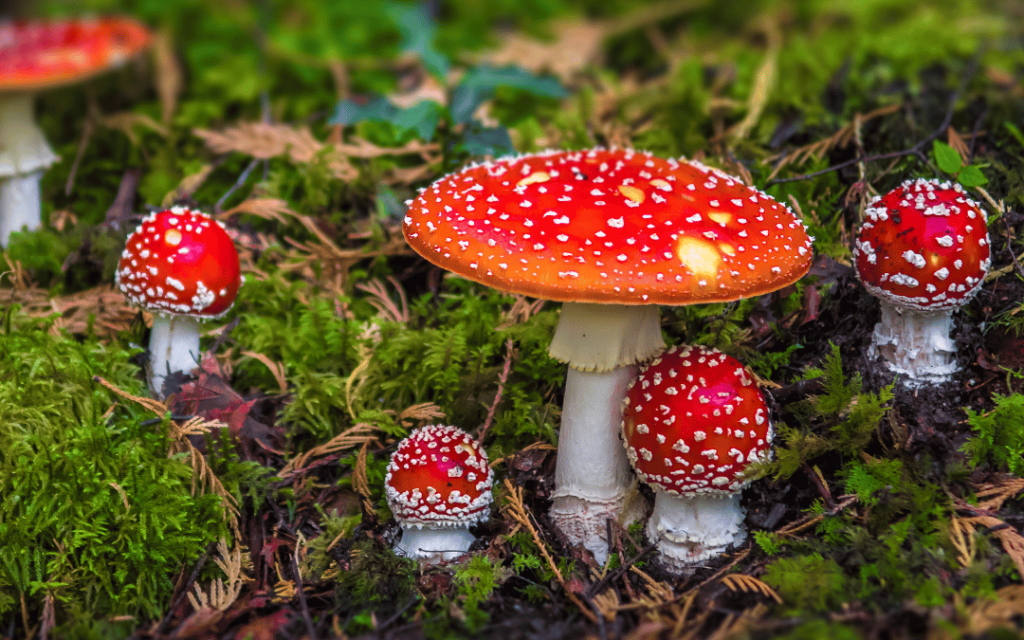
The Cultural Significance of Bud Amanita Mushrooms
In mycology, certain fungi transcend their biological existence to become symbols deeply intertwined with human culture and history. Among these, the Bud Amanita mushroom stands as a captivating specimen, revered in various traditions across the globe for its multifaceted significance. From ancient rituals to contemporary art, the cultural presence of Bud amanita mushroooms echoes through time, offering a glimpse into humanity’s complex relationship with nature.
Rooted in folklore and spiritual practices, the Bud amanita mushroooms hold a prominent place in the mythologies of diverse cultures. In Siberian shamanism, it is believed to facilitate communication with the spirit world, serving as a conduit for transcendent experiences during rituals. Similarly, in Norse mythology, it is associated with the god Odin and his pursuit of wisdom, symbolizing the transformative journey of self-discovery.
The mushroom’s distinctive appearance, with its bright red cap and white speckles, has captured the imagination of artists and writers throughout history. From medieval illuminated manuscripts to contemporary paintings, it has been depicted as a symbol of vitality, fertility, and the cyclical nature of life. Its psychedelic properties, containing compounds such as muscimol and ibotenic acid, have further fueled its allure among those seeking altered states of consciousness.

In addition to its mystical connotations, the Bud Amanita has also played a role in traditional medicine and culinary practices. In some cultures, it is believed to possess healing properties, used to treat ailments ranging from headaches to arthritis. Culinary enthusiasts, meanwhile, have explored its culinary potential, incorporating it into dishes to impart a unique flavor profile and visual appeal.
Despite its cultural significance, the Bud Amanita remains enigmatic and elusive, thriving in the damp forests of temperate regions while eluding cultivation efforts. Its scarcity only adds to its allure, preserving its mystique and ensuring that encounters with this iconic fungus remain rare and memorable.
The Bud Amanita mushroom stands as a testament to the enduring relationship between humanity and the natural world. From ancient rituals to modern interpretations, its cultural significance continues to evolve, reflecting our ever-changing understanding of nature and our place within it. Whether revered as a sacred symbol or appreciated for its aesthetic beauty, the Bud Amanita invites us to contemplate the profound connections that bind us to the earth and each other.



